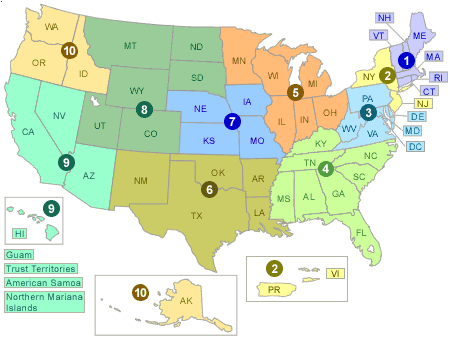Brownfields State & Local Tribal Information
State and tribal response programs continue to be at the forefront of Brownfields cleanup and redevelopment, as both the public and private markets recognize the responsibilities and opportunities of these response programs in ensuring protective and sustainable cleanups. The increasing number of properties entering into voluntary response programs emphasizes the states' and tribes' growing role in Brownfields cleanup. Visitors to the state and tribal response program Web pages will find:
- Grant funding guidance for state and tribal response programs;
- Publications describing current state & tribal response programs;
- The most recent Brownfields state & tribal program updates;
- Voluntary agreements made between the states and regional EPA programs that facilitate Brownfields cleanup and reuse
- Watch video on tribal response programs Exit
Voluntary Agreements
State voluntary cleanup programs (VCP) memorandums of agreement (MOA) are agreements between EPA regional authorities and state environmental programs that promote the coordination and define general roles regarding the cleanup of sites. The agreement can further provide the public with the confidence that EPA and the state agency are working in a coordinated manner. Over time, the use of the MOA as a mechanism to strength EPA and state coordination at contaminated sites evolved.
Some MOAs and RCRA memoranda of understanding (MOUs) have included, among other things, a means to recognize the contribution VCPs or other State programs can make in addressing the cleanup and treatment storage and disposal (TSD) facilities and underground storage tanks regulated under the Resource Conservation and Recovery Act (RCRA) and PCB contaminated sites subject to remediation under the Toxic Substances Control Act (TSCA). In 2002, The Comprehensive Environmental Response, Compensation, and Liability Act (CERCLA) was amended by the Brownfields amendments that provides states and tribes that enter into MOAs with EPA are eligible for response program grants authorized by CERCLA Section 128(a)(1). The following is a current listing of those MOAs and MOUs.
Tribal Brownfields Programs
There are 561 federally recognized tribes within the United States. Each tribe is an independent, sovereign nation, responsible for setting standards, making environmental policy, and managing environmental programs for its people. While each tribe faces unique challenges, many share similar environmental legacies.

